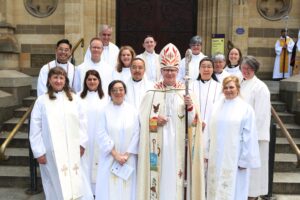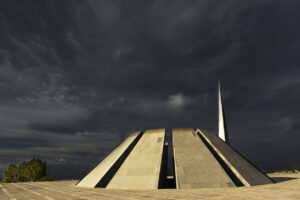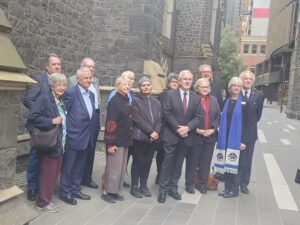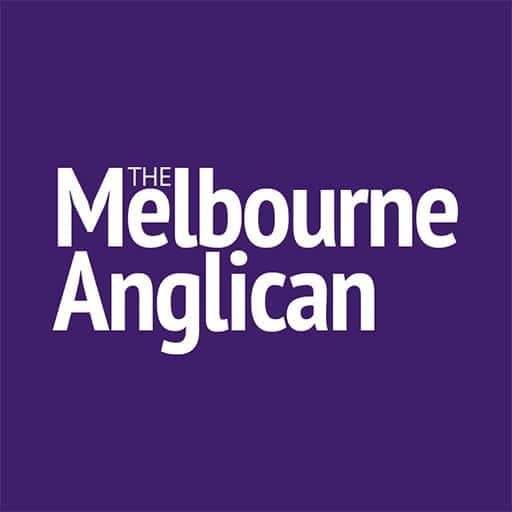Activists explain frustration asking for numbers of remaining children in offshore detention from the Government
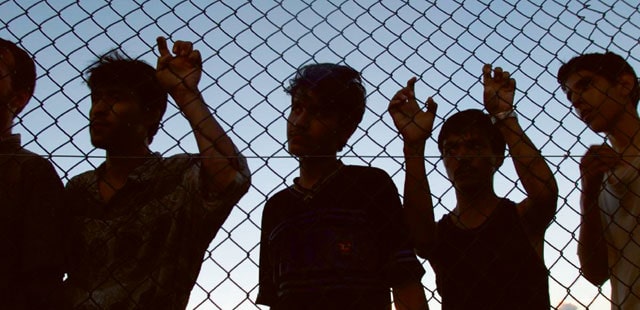
By June Factor and Philip Huggins
9 August 2018
Dr June Factor is the convener of Befriend a Child in Detention, and Bishop Philip Huggins is a member of the organisation’s leadership team. Here they write of their frustration in trying to establish the true number of children in Nauru.
The Department of Home Affairs regularly provides a summary of Immigration Detention and Community Statistics. According to the Department, on 26 April 2018 there were 255 refugee and asylum seekers in the regional processing centre on Nauru, of whom 22 were children. Back on 28 February there were 30 children.
But how reliable are the figures provided by the Department?
Befriend a Child in Detention is an organisation that began in 2014. We send donated new books, games, writing material and toys to the refugee children in Nauru. Inside each book we put letters of friendship from Australian school children. It is a small gesture to children whose lives are on hold while they and their families await resettlement.
For the work we do, we have a particular need to know how many refugee and asylum seeker children are in Nauru and how many are in each of the six camps in which they live. Our most recent shipment of 18 boxes, sent in early June, was based on reliable information that there were 146 children. The difference between the numbers of children according to the Department compared to our information is substantial.
In February this year we wrote to Mr Dutton, Minister for Home Affairs, explaining who we are, what we do and why having reasonably accurate information is important for our work. We provided the Minister with the information we had on the numbers of children in each of the camps on Nauru. Our letter was quite short and specific and ended with this question:
“The latest figure on your website, for the end of December 2017, lists only 36 children. Could you please verify either your own numbers or our numbers and if possible explain any discrepancies. For instance, do your published numbers only include asylum seeker children not yet assessed as refugees?”
We received a response from the Minister in April. He told us about the 1951 Refugee Convention; about Operation Sovereign Borders; that government policies are designed to safeguard vulnerable people from exploitation; that from a peak of 1,992 children held in detention in July 2013 there were 0 children in detention from 1 April 2016. The response to the question we actually asked was in the 4th last paragraph:
“In relation to reporting on children in Nauru, the Department of Home Affairs publishes figures on children residing at the Nauru Regional Processing Centre (RPC). The Government of Nauru is responsible for refugees settled in the community.”
To unpack this paragraph into language that is clear and unambiguous, the Minister said that the statistics from the Department only refer to people who reside in the Regional Processing Centre and that the other refugees in OPC3, Anijo, Ewa, Ijuw, Nibok and Anibare are not the responsibility of Australia, let alone the Department.
The corollary of this response is that the Minister would not provide us with the information we requested about the number of refugee children in Nauru. But it raises a question of integrity. Why publish statistics on the Department website which have the effect of misleading the people who read them? Who in the wider community would be aware that the number of refugee children who reside in the RPC is only a fraction of the total number in Nauru – 22 children out of 146?
There is another aspect of this correspondence that is equally disturbing; although our letter was short, and addressed a specific issue, it was not taken seriously. The Minister did not deal with the letter based on its content, regarding the work we do and the reason why the information we requested is important to us. On matters of substance we expected the assistance of the Minister but got none.
The harsh reality is that there are currently around 1650 asylum seekers and refugees in Manus and Nauru, including 120 children in Nauru (some have been resettled in the last month). They are the people who arrived by boat after 19 July 2013. Some are being assessed for resettlement in America; some may eventually be resettled in New Zealand, but for many hundreds there is no clear path out of Manus and Nauru.
The compassionate, anguished, steady response we have had to our simple program of friendship shows how many Australians would want to assist with their resettlement here in Australia, if the Government gave us this opportunity.
Bishop Philip Huggins also has oversight of the Oodthenong Episcopate in the Diocese of Melbourne.

